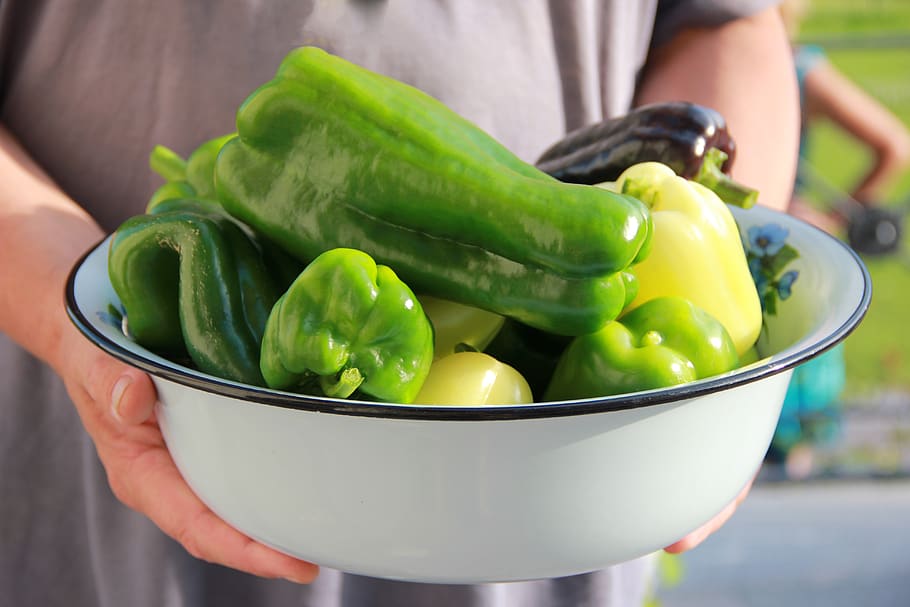Growing Peppers Indoors – Guidelines & Tips
Growing peppers indoors can be a rewarding and healthy activity. Peppers are not only delicious, but they also provide many nutritional benefits for your family. Not to mention, growing your own peppers can be fun and you can customize the variety you grow.
Here are some essential guidelines and tips for successfully growing peppers indoors:
1. Choose the Right Container
When growing peppers indoors, it’s important to use a container that is large enough for the pepper plant to reach its full potential. Ideally, a container between 12-18 inches in diameter should work well. Plastic and ceramic options work best for peppers, and make sure the container has several drainage holes in the bottom. This allows excess water to escape, which can help prevent root rot.
2. Pay Attention to the Soil
The soil you use to grow peppers indoors is one of the most important factors in the success of the plant. Peppers do best in a light, well-draining soil that provides plenty of aeration. Adding some organic matter, like compost, can also help your peppers thrive. Additionally, peppers prefer a soil pH of around 6.5-7.5. To ensure the best results, it is best to use a premium potting soil.
3.Provide Plenty of Light
Peppers need a lot of light in order to produce good yield. You’ll need to provide your peppers with at least 8-10 hours of direct sunlight each day, preferably from an east or south-facing window. If you don’t have access to natural sunlight, supplementing with artificial grow lights is a great option. You can get lights specifically designed for indoor gardening.
4. Provide Sufficient Ventilation
Proper air circulation is key to the success of your pepper plants. Make sure the container you’re using isn’t too airtight and has plenty of breathing room, and position the pot in a room with good airflow. Partially opening a window or installing a fan can help provide sufficient ventilation.
5. Keep Track of Watering
Peppers require consistent watering to remain healthy. Check the soil daily and be sure to water your pepper plants when the top few inches of the soil feel dry. Water until it is draining out of the drainage holes. Allowing the soil to dry out too much can lead to wilting of the leaves. Avoid overwatering as this can lead to root rot and other diseases.
6. Provide Plenty of Nutrients for Growth
Feed your pepper plants with a quality liquid fertilizer every 7-10 days. This will provide them the necessary nutrients for healthy growth. Pay close attention to the fertilizer instructions for the best results, and adjust as needed for different plant varieties.
7. Monitor for Disease and Insects
Inspect your pepper plants on a regular basis to make sure they’re healthy and happy. Watch for signs of disease, and keep an eye out for pests and insects. If you spot any issues, take the appropriate steps to fix the problem as soon as possible.
By following these guidelines and tips, you can have a successful pepper growing experience indoors. Growing peppers is a fun and rewarding experience, and you’ll love having a fresh supply of peppers all season long.



